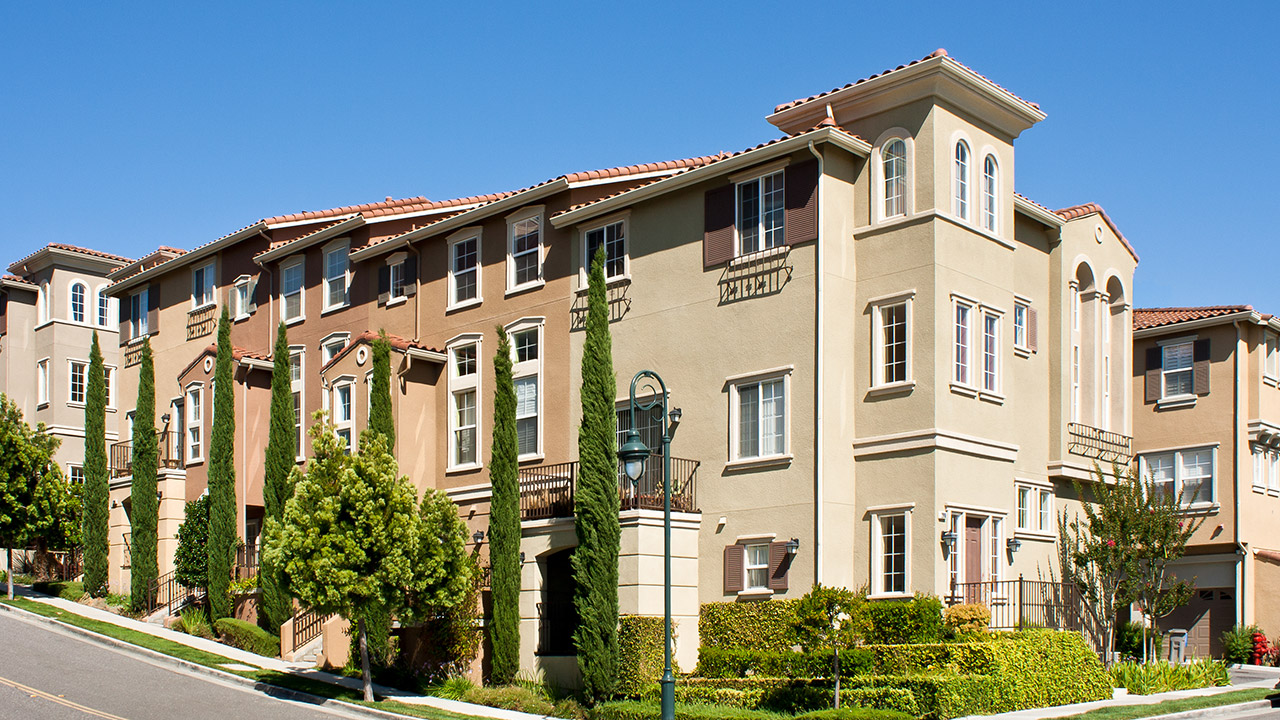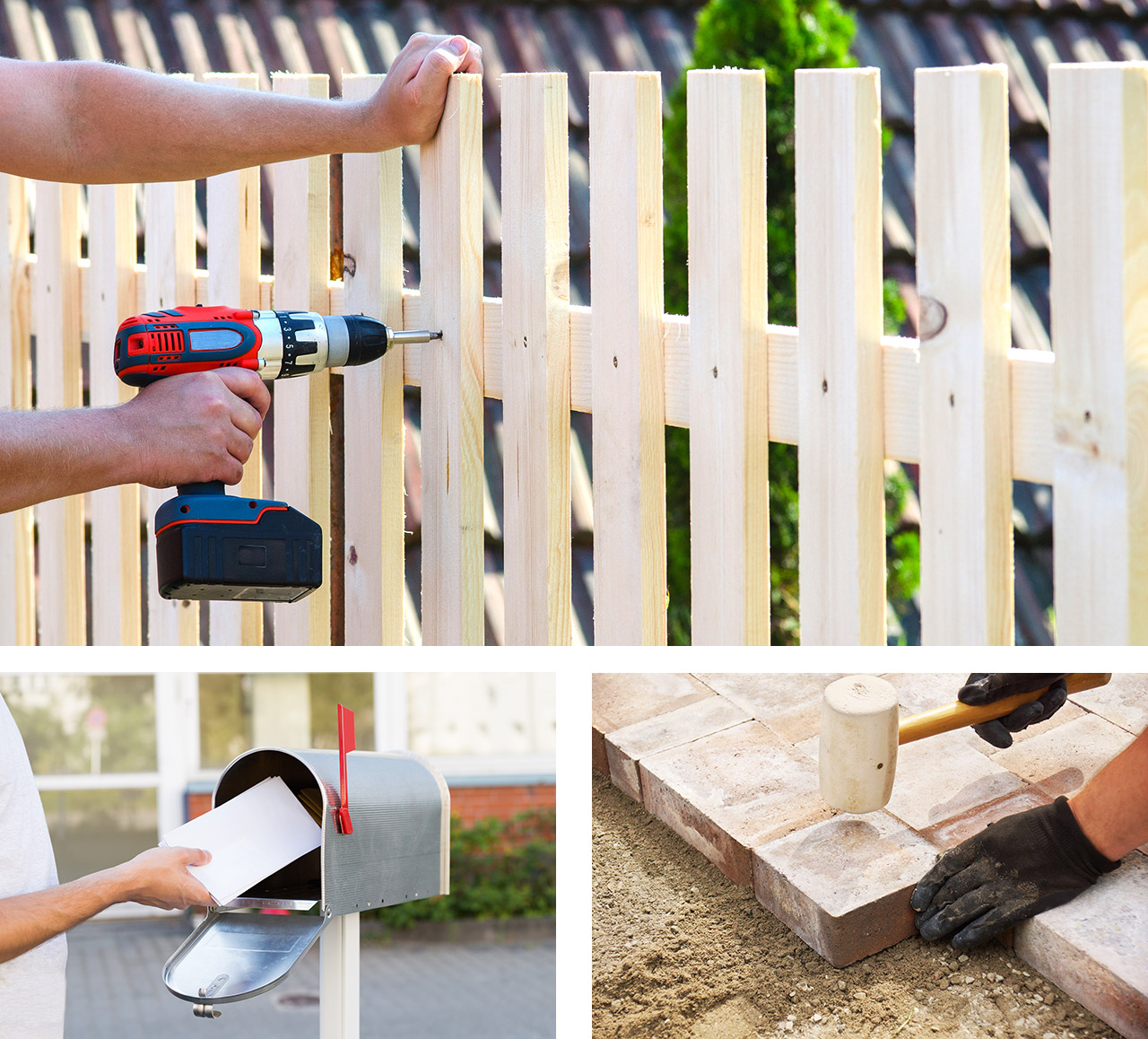Common Restrictive Covenants in an HOA

If you’ve decided to buy a home in a planned community that’s governed by a homeowners’ association (HOA), then you’re probably already familiar with the fact that there are certain rules that need to be followed in order to live there.
Known as “restrictive covenants,” these rules can cover a wide variety of factors that can put a limit on what you can and can’t do with your unit and the surrounding property.
What Are Restrictive Covenants?
Basically, restrictive covenants are the regulations that you and all other homeowners will need to abide by. They’re established by the HOA or other local entity in order to uphold a certain level of esthetics and to ensure peaceful and safe enjoyment of the property for all residents. They’re also meant to ensure that the value of the property is maintained.
If these covenants are violated, you could be faced with some form of penalty, such as fines, liens, suspended right to use common facilities, and other consequences.
Here are some of the more common restrictive covenants that you may come across on your house hunt that you should be aware of.
Specific Colors on the Exterior of Your Home
If you live in a home in a planned subdivision, you might not necessarily have the freedom to paint your front door, garage, or exterior walls the color that you want. If you’re in a condo, the only exterior that you can fiddle with is the front door, which also cannot be painted or changed without permission from the HOA.
The idea behind this type of rule is to have some level of uniformity throughout the community without allowing one unit to stick out like a sore thumb and compromise the overall esthetics of the community.
Type of Fencing
Not only will there be restrictions on the color of your fence that divides you and your neighbor’s property, you will also be limited to the type of material, style, and height. And that’s if a face is even permitted. There are various planned communities that don’t even allow fencing on properties.

Landscaping Standards
Before you start planning out the landscaping on your front yard, you’ll need to have your landscape design approved by the HOA. The majority of associations will require that landscape designs must compliment the residence and not interfere with the views of other residences. There might also be a certain proportion of the front yard that needs to consist of grass, with rocks and gravel not allowed in certain spots, or even at all.
The type of greenery that is planted cannot be a nuisance – certain types of vegetation may drop an excessive amount of leaves, harbor unwelcome animals, or give off foul odors. In addition, you may be required to cut your lawn on a scheduled basis, and will likely have a limit to the amount of water that can be used to irrigate the yard (or at least be restricted to the day/time that you can water your lawn).
Types of Vehicles You Can Park in the Driveway
Most people own a car, so it’s expected that there will be at least one vehicle parked in the driveway. However, there may be rules about the number of cars, or the type of vehicle that’s parked out front. For instance, any extra-large vehicles – such as RVs, boats, or pick-up trucks – may not be allowed to be parked in the driveway.
Types of Sporting Equipment at the Front of the House
In an effort to minimize clutter and avoid obstructing other residents’ views, there many be rules governing the type of sporting equipment that may or may not be permitted in the front driveway, such as a basketball hoop or large hockey net.
Type of Mailbox
Again, it all comes down to uniformity. You may be restricted to the size and color of the mailbox you have planted at the end of your driveway or hung at the entrance of your home.
Types of Window Treatments
You might be instructed to hang only specific kinds of window blinds or shades that the HOA deems acceptable.
Type of Pets, if Permitted
If your HOA allows pets to live on the premises, be prepared for specific restrictions on the breed and weight of your pet, as well as how many you’re allowed to have. You will also be given instructions on where pets are allowed to frequent, and will be reminded to clean up after them.
Barbecues
Condominium buildings often do not allow barbecues on balconies. Not only is it considered a fire hazard, it’s also a nuisance to neighbors who are typically very close by.
The Bottom Line
This list is by no means exhaustive. Every HOA can come up with their own set of restrictive covenants that residents must abide by in order to remain compliant. If you’re in the market to buy a home in a planned community, read over what the specific HOA rules are before you buy to make sure they won’t impede with your enjoyment of the property.